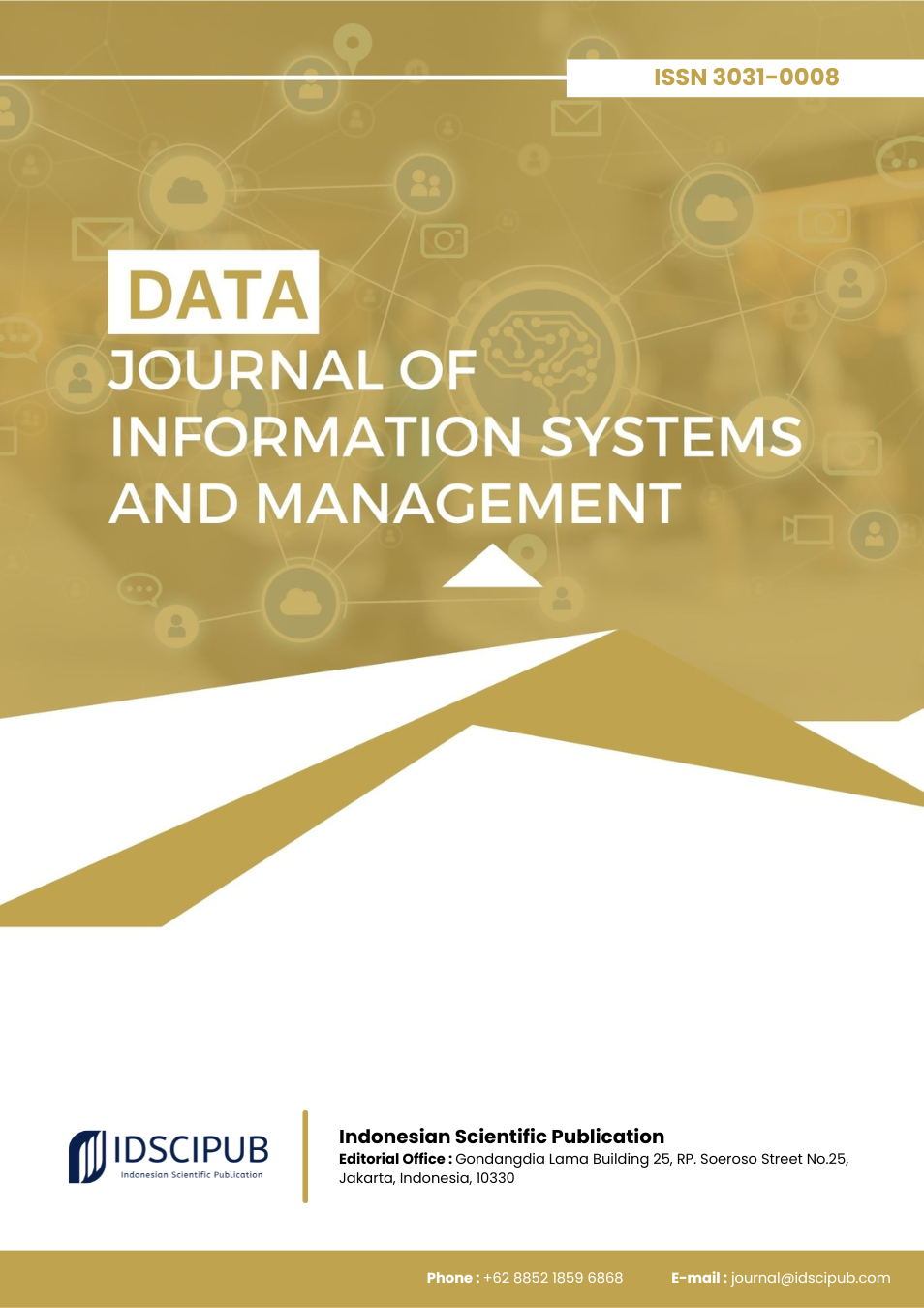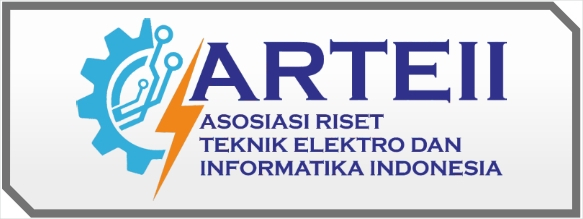IT Governance in Public and Private Sector Innovation: Comparative Models, Barriers, and Policy Lessons from Global Practice
DOI:
https://doi.org/10.61978/data.v3i2.706Keywords:
IT Governance, Digital Transformation, Governance Frameworks, Organizational Performance, Healthcare IT, Participatory Leadership, Public Sector InnovationAbstract
This narrative review explores the implementation and effectiveness of IT governance models in organizations undergoing digital transformation. The objective is to identify key frameworks, evaluate challenges, and highlight best practices across public and private sectors. Literature was gathered through systematic searches of academic databases including Scopus and Google Scholar, using keywords such as "IT governance models," "digital transformation governance," and "healthcare IT governance." Studies were selected based on inclusion criteria that focused on public, private, and nonprofit organizations from both developed and developing countries. The review reveals that models like COBIT, ITIL, and ISO/IEC 38500 have consistently demonstrated positive impacts on organizational transparency, accountability, and service delivery. These models also facilitate improved risk management and stakeholder satisfaction. However, the findings indicate that systemic barriers—such as limited resources, resistance to organizational change, and lack of interoperability—significantly hinder implementation, particularly in low-resource settings. Comparative studies show that while developed countries benefit from standardized governance frameworks and robust digital infrastructures, developing countries face unique socio-cultural and policy-related obstacles. This study emphasizes the importance of tailoring governance strategies to local contexts, investing in digital literacy, and promoting participatory decision-making. The implications are relevant for policymakers, institutional leaders, and IT professionals seeking to improve governance outcomes. This review identifies COBIT, ITIL, and ISO/IEC 38500 as core frameworks for improving organizational performance, but highlights major challenges in resource-limited settings. It calls for context-sensitive adaptation and further research to translate theoretical models into practical digital governance solutions
References
Aboulhallaj, M., Mousavi, S., Jafari, M., Vosoogh‐Moghaddam, A., Bahariniya, S., Ghasemyani, S., … & Far, S. (2024). Challenges and executive requirements of advanced health system governance based on general health policies in Iran: qualitative research. BMC Health Services Research, 24(1). https://doi.org/10.1186/s12913-024-11887-z DOI: https://doi.org/10.1186/s12913-024-11887-z
Adams, C. (2017). Conceptualising the contemporary corporate value creation process. Accounting Auditing & Accountability Journal, 30(4), 906-931. https://doi.org/10.1108/aaaj-04-2016-2529 DOI: https://doi.org/10.1108/AAAJ-04-2016-2529
Bhoi, C., Markopoulos, E., Markopoulos, G., & Nandi, A. (2025). Applying the holacracy and company democracy models to the public sector: a critical analysis of implementation in the Indian Ministry of Education. Administrative Sciences, 15(3), 76. https://doi.org/10.3390/admsci15030076 DOI: https://doi.org/10.3390/admsci15030076
Bordier, M., Binot, A., Pauchard, Q., Nguyen, T., Thanh, N., Fortané, N., … & Goutard, F. (2018). Antibiotic resistance in Vietnam: Moving towards a One Health surveillance system. BMC Public Health, 18(1). https://doi.org/10.1186/s12889-018-6022-4 DOI: https://doi.org/10.1186/s12889-018-6022-4
Clarke et al., Lee et al. (2018). [Detail judul tidak tersedia dalam daftar awal; mohon dikonfirmasi jika ingin dimasukkan]
Cousins, K., Gauld, R., & Greatbanks, R. (2019). Understanding the diversity of alliance governance in OECD healthcare settings. Journal of Integrated Care, 28(2), 183-195. https://doi.org/10.1108/jica-07-2019-0033 DOI: https://doi.org/10.1108/JICA-07-2019-0033
Elia, G., Margherita, A., & Petti, C. (2020). Building responses to sustainable development challenges: A multistakeholder collaboration framework and application to climate change. Business Strategy and the Environment, 29(6), 2465-2478. https://doi.org/10.1002/bse.2514 DOI: https://doi.org/10.1002/bse.2514
Etemadi, M., Kenis, P., Ashtarian, K., Gorji, H., & Kangarani, H. (2021). Network governance theory as basic pattern for promoting financial support system of the poor in Iranian health system. BMC Health Services Research, 21(1). https://doi.org/10.1186/s12913-021-06581-3 DOI: https://doi.org/10.1186/s12913-021-06581-3
Greenhalgh, T., Jackson, C., Shaw, S., & Janamian, T. (2016). Achieving research impact through co‐creation in community‐based health services: literature review and case study. Milbank Quarterly, 94(2), 392-429. https://doi.org/10.1111/1468-0009.12197 DOI: https://doi.org/10.1111/1468-0009.12197
Kuhlmann, E., Rangnitt, Y., & Knorring, M. (2016). Medicine and management: Looking inside the box of changing hospital governance. BMC Health Services Research, 16(S2). https://doi.org/10.1186/s12913-016-1393-7 DOI: https://doi.org/10.1186/s12913-016-1393-7
Lee, J., Kim, B., Park, S., Park, S., & Oh, K. (2018). Proposing a value-based digital government model: Toward broadening sustainability and public participation. Sustainability, 10(9), 3078. https://doi.org/10.3390/su10093078 DOI: https://doi.org/10.3390/su10093078
Leisink, P., Andersen, L., Jacobsen, C., Knies, E., Brewer, G., & Vandenabeele, W. (2021). Conclusion, 297–316. https://doi.org/10.1093/oso/9780192893420.003.0016 DOI: https://doi.org/10.1093/oso/9780192893420.003.0016
Mourajid, Y., Ghafili, A., Chahboune, M., Hilali, A., & Fassi, C. (2022). Governance in Moroccan public hospitals: Critical analysis and perspectives for action. International Journal of Health Governance, 28(1), 31–45. https://doi.org/10.1108/ijhg-04-2022-0043 DOI: https://doi.org/10.1108/IJHG-04-2022-0043
Nunes, C., Gomes, P., & Santana, J. (2023). Transparency, accountability, and governance: A literature review in the context of public hospitals. Revista De Administração Pública, 57(2). https://doi.org/10.1590/0034-761220220238x DOI: https://doi.org/10.1590/0034-761220220238
Owili, P., Hsu, Y., Chern, J., Chiu, C., Wang, B., Huang, K., … & Muga, M. (2015). Perceptions and attitudes of health professionals in Kenya on national health care resource allocation mechanisms: A structural equation modeling. PLoS One, 10(6), e0127160. https://doi.org/10.1371/journal.pone.0127160 DOI: https://doi.org/10.1371/journal.pone.0127160
Panda, B., & Thakur, H. (2016). Decentralization and health system performance – A focused review of dimensions, difficulties, and derivatives in India. BMC Health Services Research, 16(S6). https://doi.org/10.1186/s12913-016-1784-9 DOI: https://doi.org/10.1186/s12913-016-1784-9
Pyone, T., Smith, H., & Broek, N. (2017). Frameworks to assess health systems governance: A systematic review. Health Policy and Planning, 32(5), 710-722. https://doi.org/10.1093/heapol/czx007 DOI: https://doi.org/10.1093/heapol/czx007
Ramadan, N., & Al-Qirim, N. (2015). New hybrid web 2.0 adoption governance framework for public sector. International Journal of E-Collaboration, 11(1), 8–21. https://doi.org/10.4018/ijec.2015010102 DOI: https://doi.org/10.4018/ijec.2015010102






